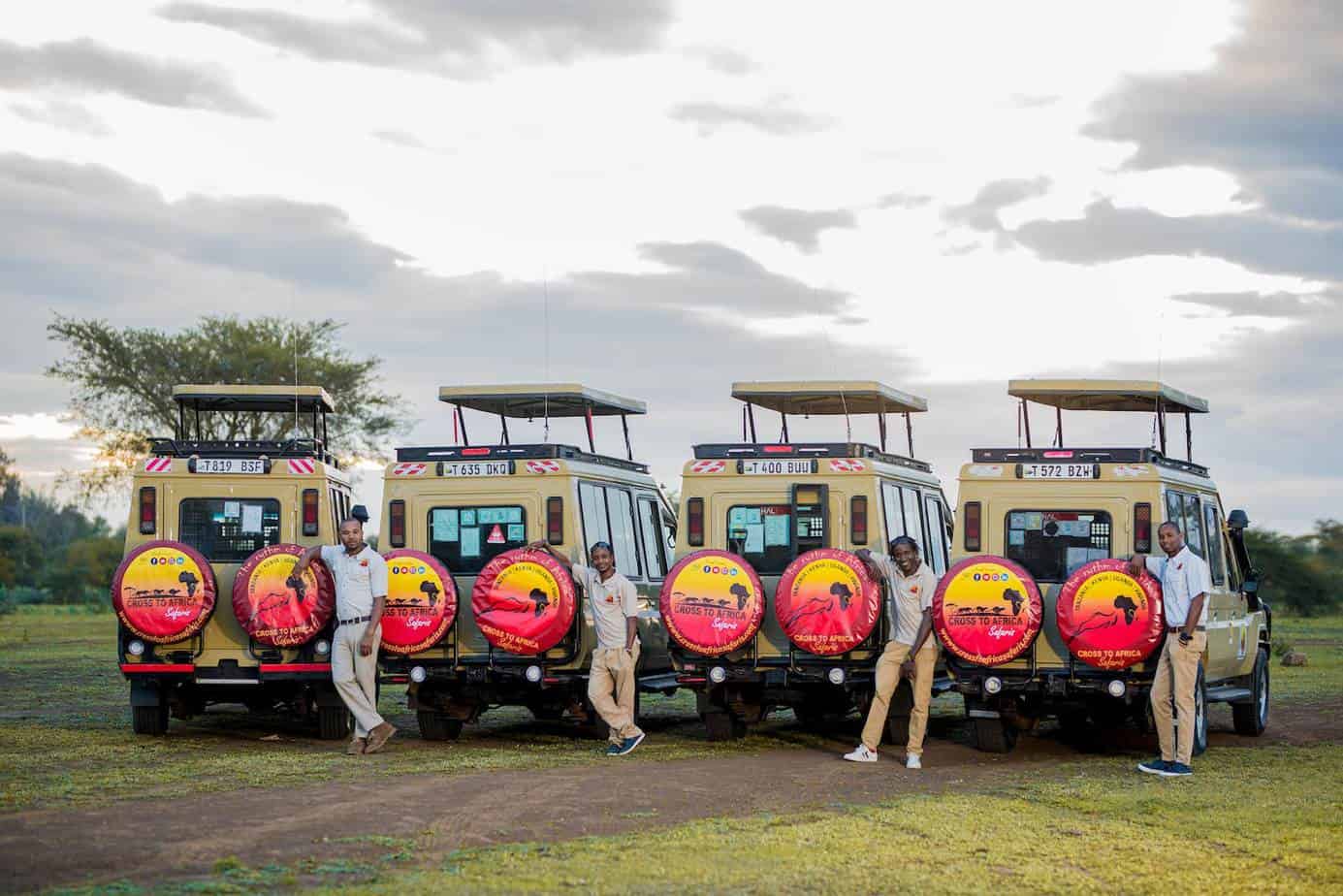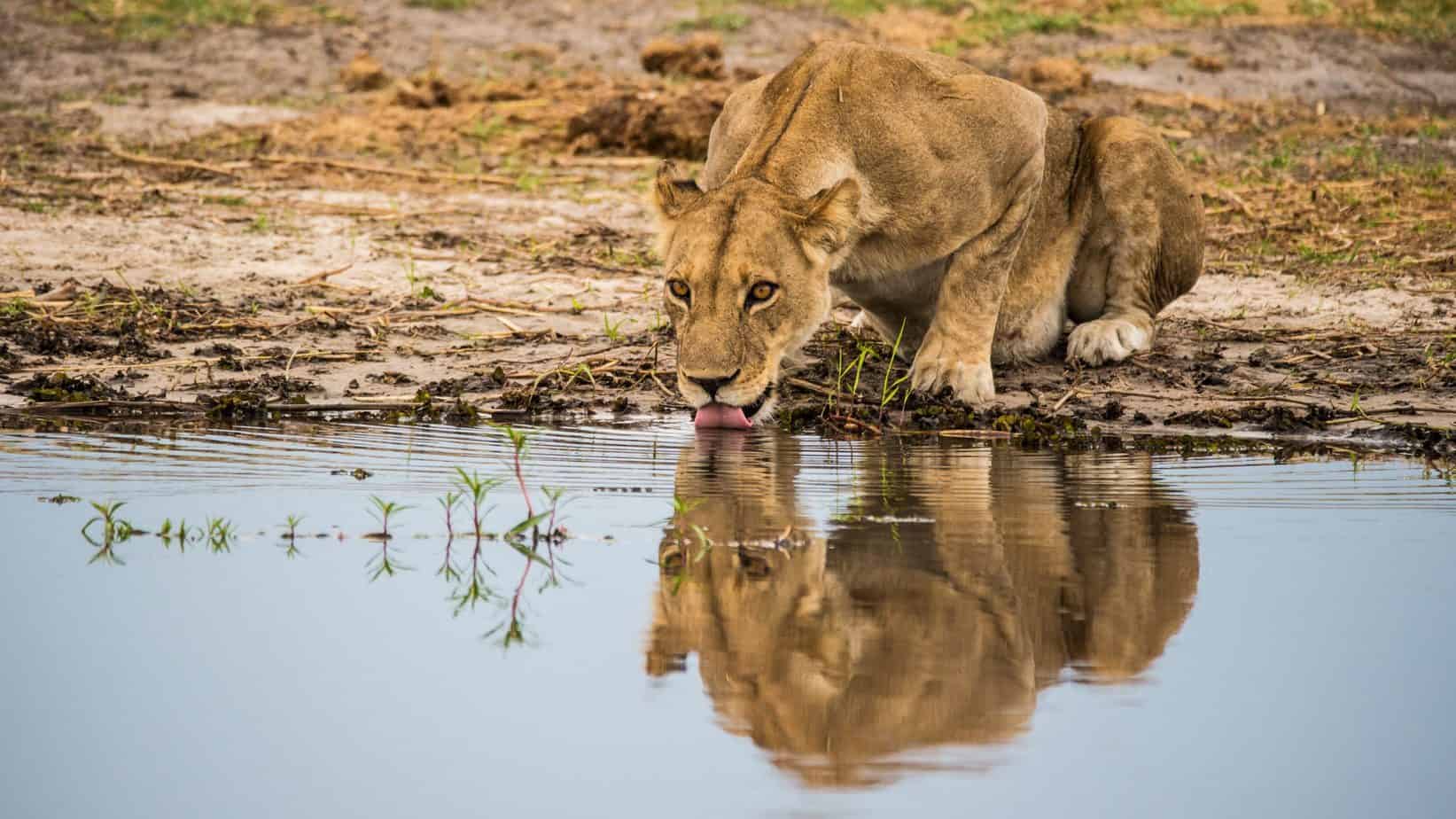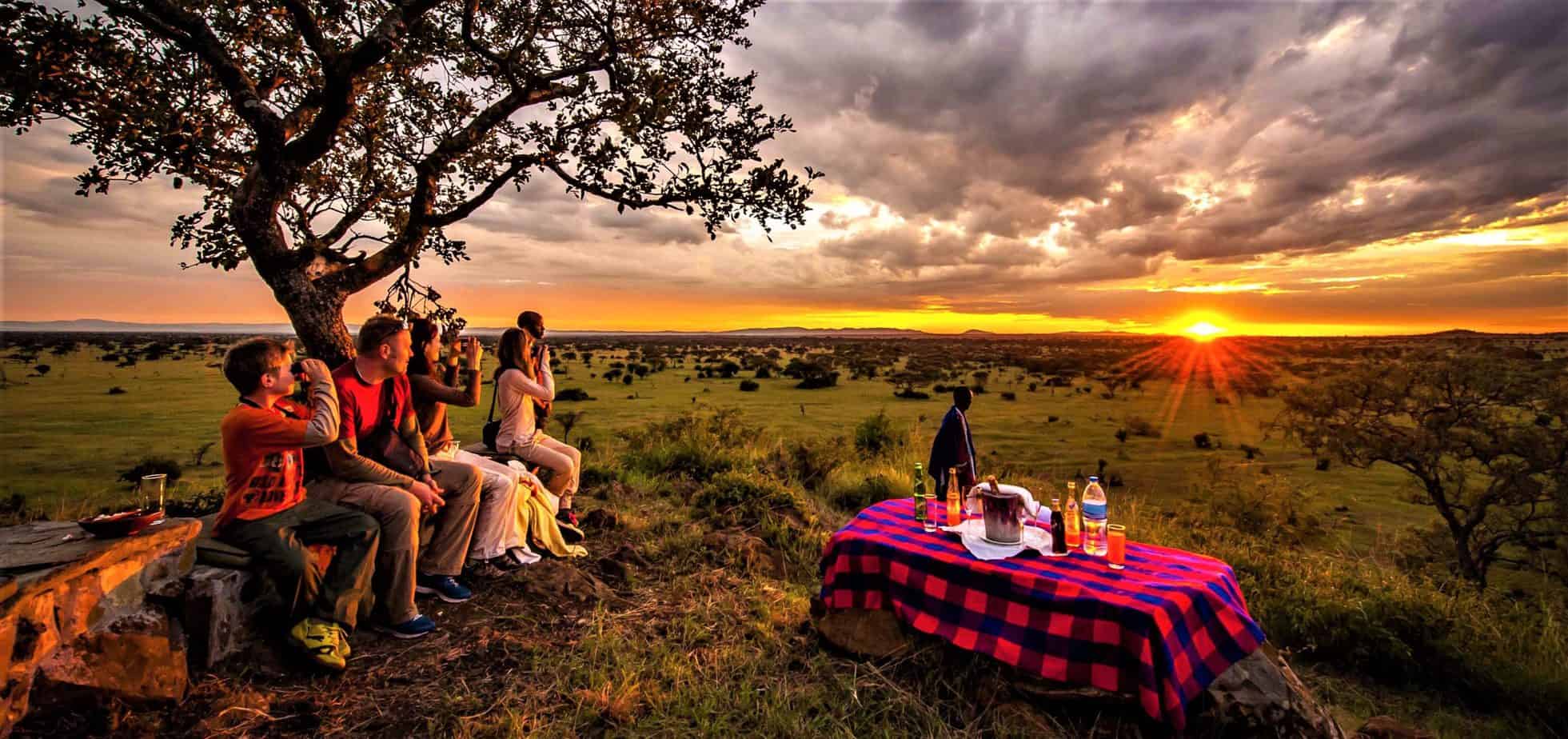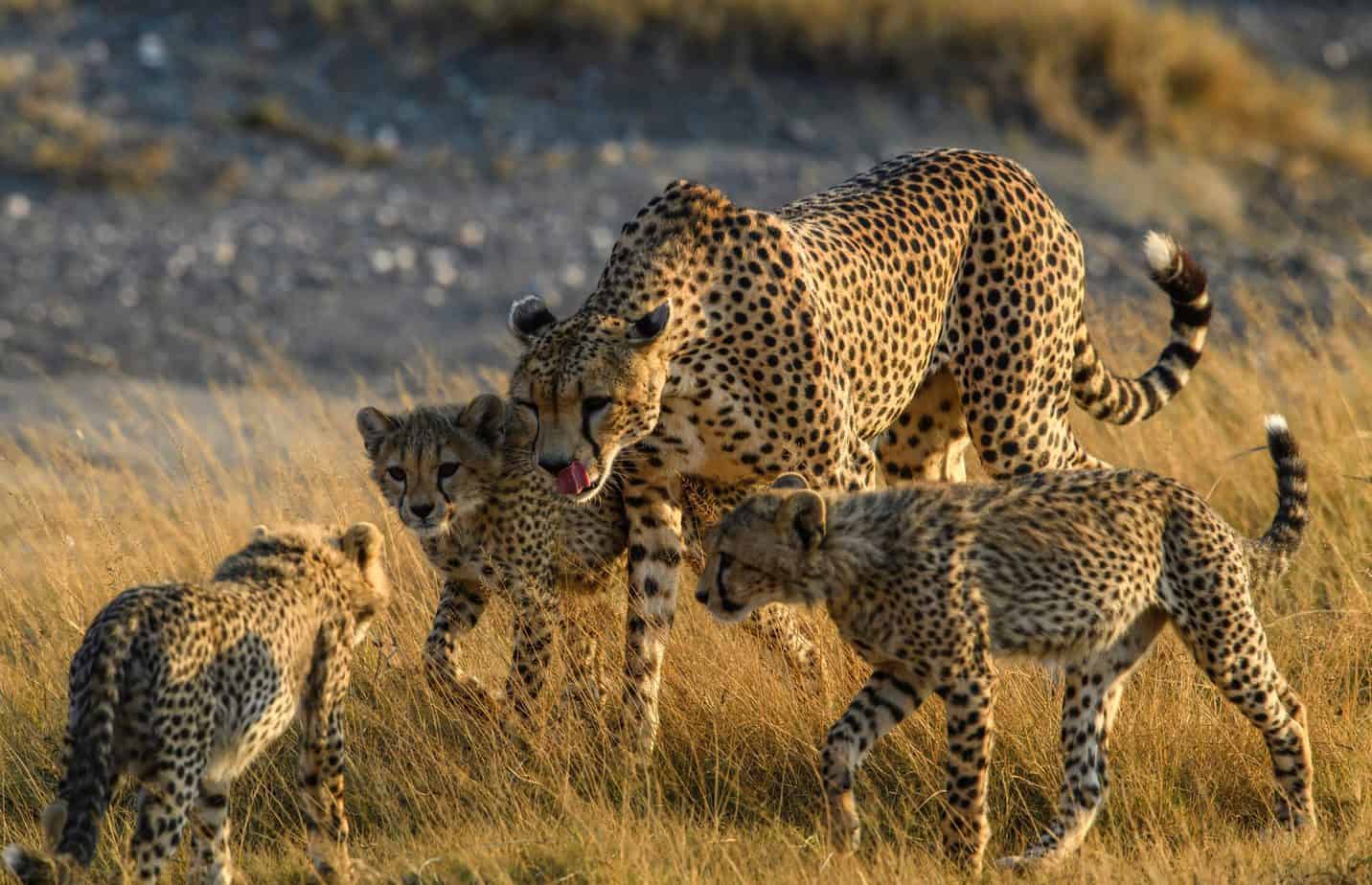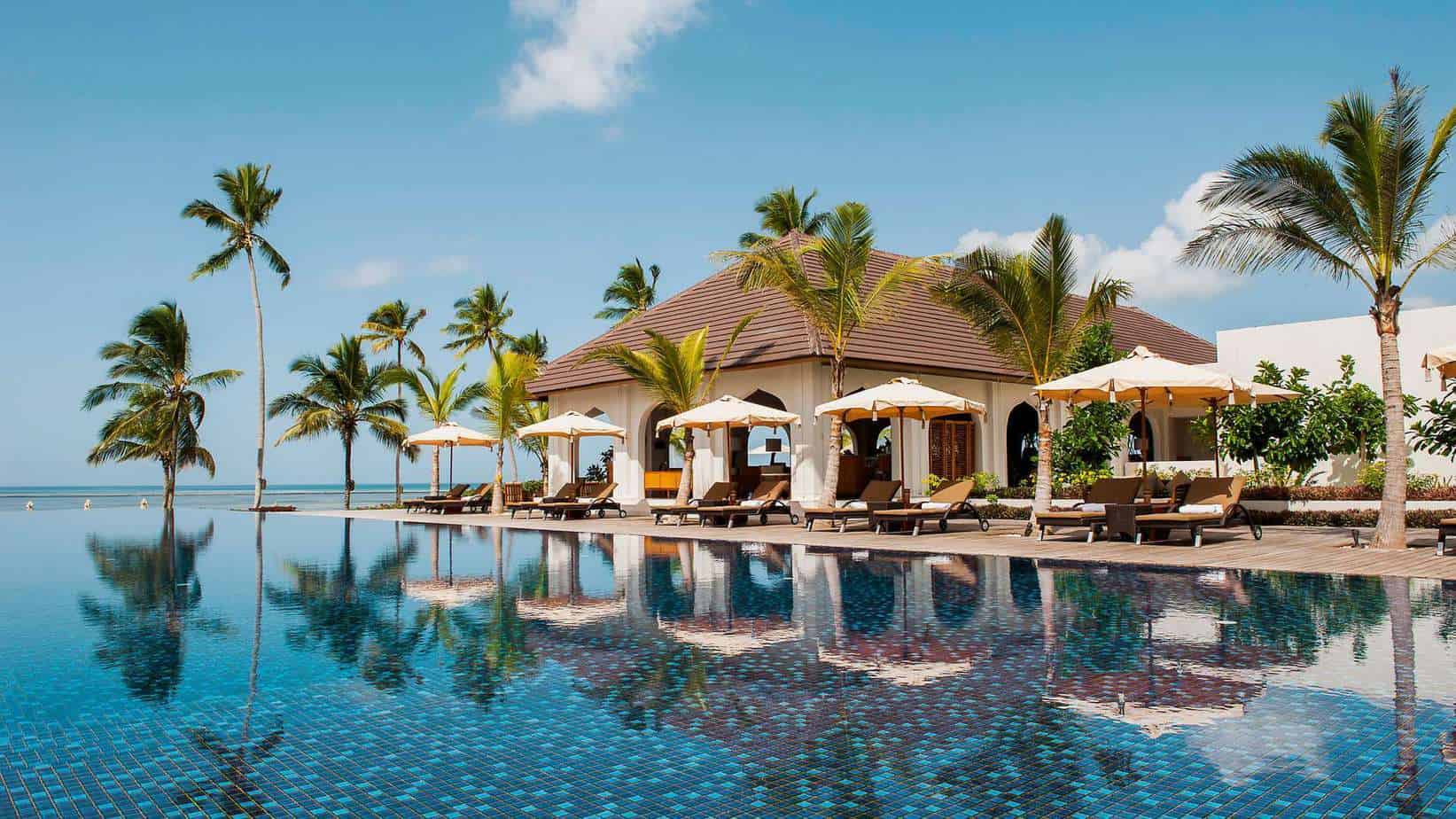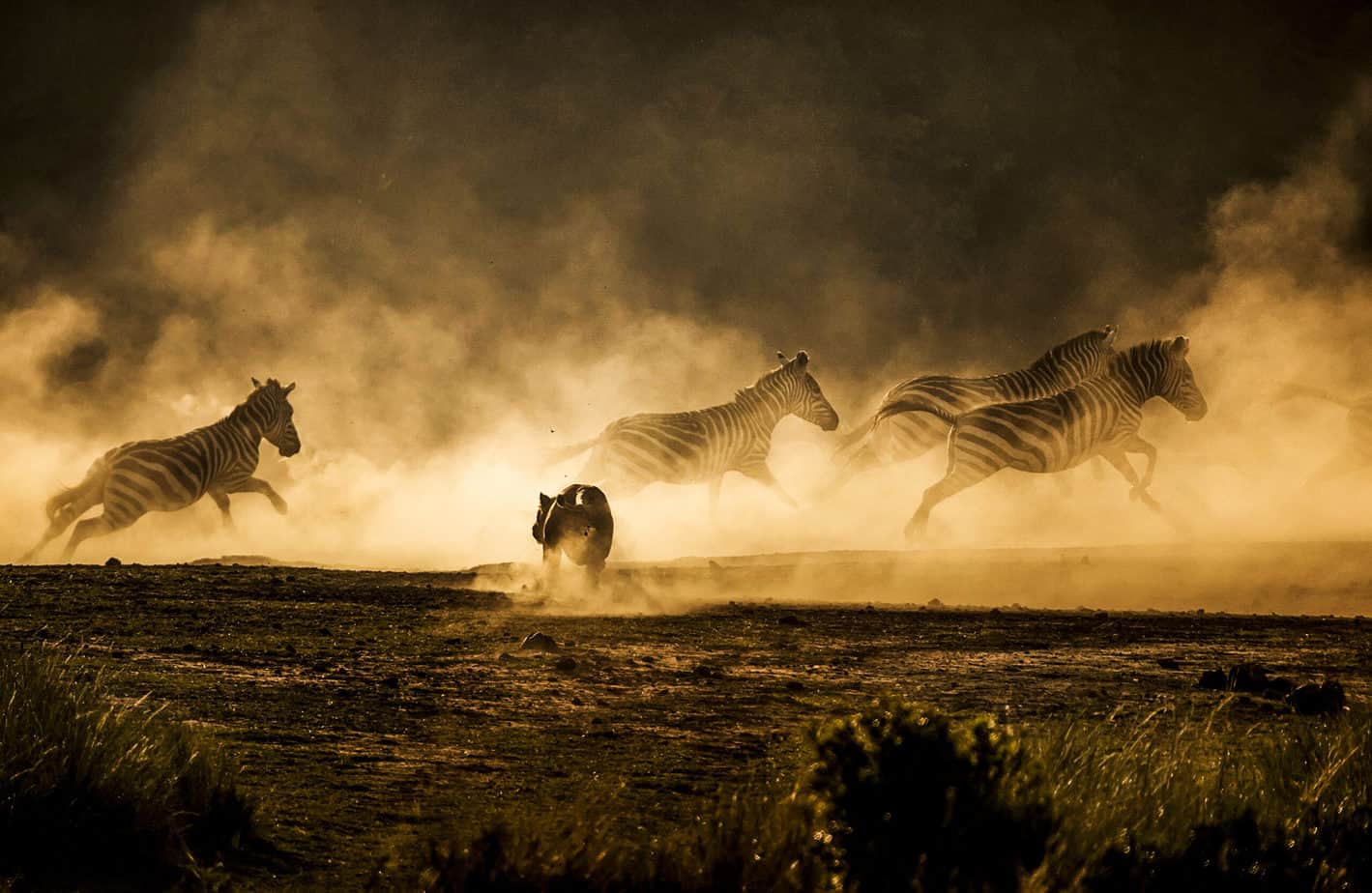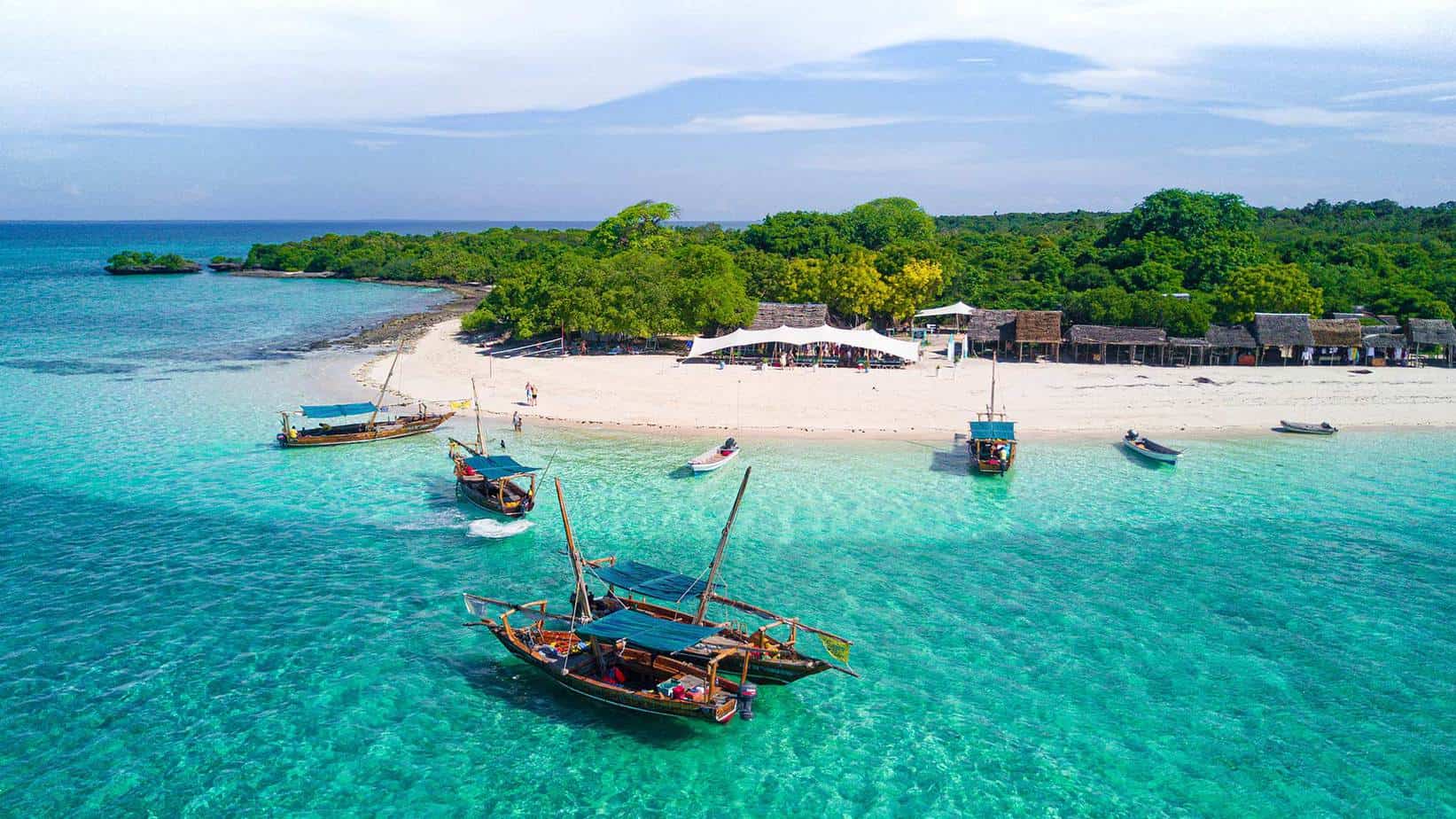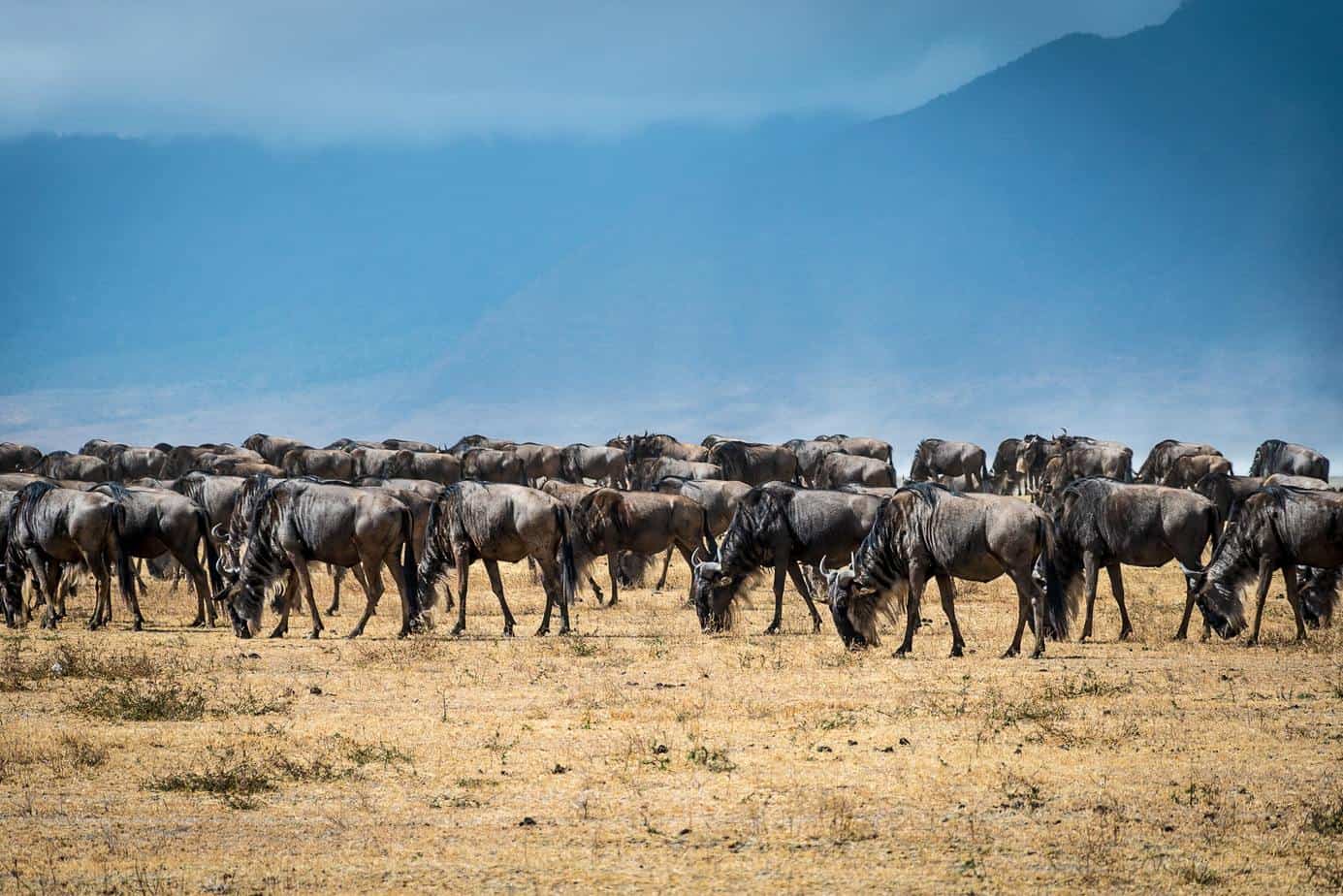Tanzania
When to Go?
Tanzania’s tropical climate is relatively constant all year due to the country’s proximity to the equator. Daytime temperatures usually range from 25°C to 32°C with early mornings and evenings feeling noticeably cooler. It is important to note that regional variation and altitude will also come in to play.
If you have a particular preference of what wildlife you want to see, you may want to think carefully about which parks you visit and at what time of year you travel.
We are experts in creating Tanzania safari experiences and we often get asked the same questions from people planning their adventures.
In summary, the best time to go to Tanzania is
December to February sees the birth of new zebra and wildebeest so you may have the opportunity to see these young take their first few steps! Certain parks in Tanzania also have a short dry period in January and February between the short rains of November/December and the long rains of March to May.
June to October can be a busier time of year due to the Great Migration, however, this is also the best time to see much of the wildlife gathering around remaining waterholes due to the low rainfall throughout the winter.
Tanzania Wildlife Safaris & Tours Tanzania Packages
Tanzania
The ultimate safari experience is to witness the world’s largest wildlife migration and the savage rituals of predator and prey performed right in front of your eyes. Treat your eyes to stunning views of Mount Kilimanjaro, Lake Manyara, and descend into the world’s most unique caldera: Ngorongoro Crater, also known as the Eden of Africa, on this journey into the heart of wild and untamed Africa. The Serengeti will also be visited. The name Serengeti comes from the Maasai word for “endless plains,” and it is here that millions of animals move according to the seasons’ ancient rhythms. Travel to the fabled Olduvai Gorge, an archeological gold mine where the earliest human remains were discovered. This journey is a must-do if you want to see Africa’s unspoiled wildlife and natural beauty.

